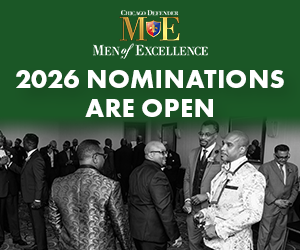
I want to tell you a story. I’m going to ask you all to close your eyes while I tell you the story. … This is a story about a little girl walking home from the grocery store one sunny afternoon. … Can you see her? Her raped, beaten, broken body soaked in their urine, soaked in their semen, soaked in her blood, left to die. Can you see her? I want you to picture that little girl. Now imagine she’s white.
The above quotation reflects powerful imagery employed by defense attorney Jake Brigance (played by Matthew McConaughey) in the 1996 film A Time to Kill, the words spoken in his summation before an all-white, Southern jury during the criminal trial of a black father who is being prosecuted for killing the white men who raped and hanged his young daughter, leaving her for dead.
The use of racial imagery like this is nothing new in American culture. Take politics, for example: Racial imagery has frequently been used to sway public opinion and win elections. In 1990, when Jesse Helms, a white United States senator from North Carolina, faced Harvey Gantt, a black challenger, race played a role in Helms’ campaign. For example, in an effort to allege that Gantt supported racial quotas that would benefit blacks, Helms ran an advertisement that showed the hands of a white person crumbling an employment rejection letter. “You needed that job,” the announcer said, “and you were the best-qualified. But they had to give it to a minority because of a racial quota. Is that really fair?” The ad was broadcast a few days before the election and arguably boosted Helms to victory. This should be no surprise; social scientists have demonstrated for years that emotion is highly predictive of voters’ judgment and decision making.
For more, click here.


